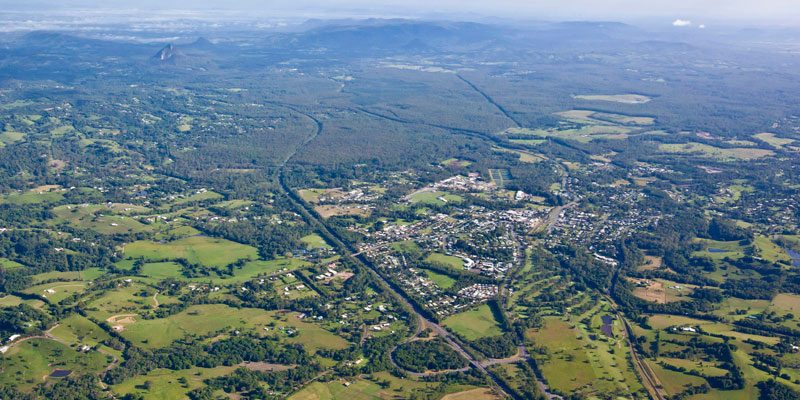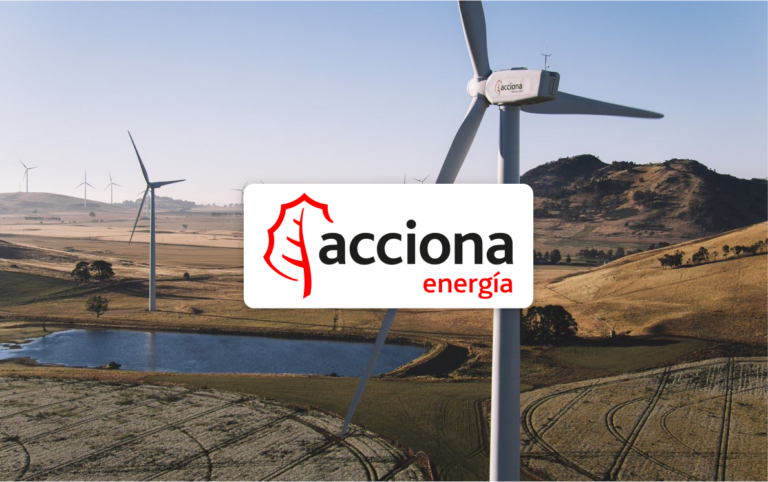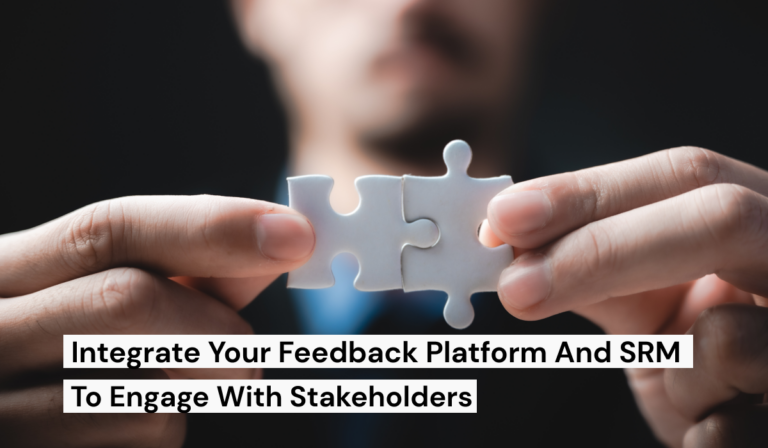As part of a major highway upgrade project in Queensland’s North Coast Region, the Department of Transport and Main Roads (TMR) and GHD worked together to ensure local residents were informed about the project, their needs considered and their voices heard.
Finalists in the 2016 Champions of Innovation Award in Community Engagement, GHD’s Stakeholder Engagement team developed an innovative and efficient strategy to communicate the bridge demolition works and associated impacts with nearby residents and the local community.
Overview of the project:
The $490 million Bruce Highway Upgrade – Cooroy to Curra (Section A) project, will deliver a new 13.5km, four-lane divided highway between Cooroy southern interchange at Cooroy and Sankeys Road at Federal. As part of this project, TMR was required to demolish the existing highway bridge at Cooroy southern interchange in October 2015 to allow for the construction of two new highway bridges. In order to safely demolish the highway bridge and minimize impacts to residents and motorists, works were required to be undertaken continuously (24 hours a day) over a single weekend, with significant noise impacts and traffic detours in place. It was predicted that noise levels would exceed the ‘nuisance level’ – specified by the Department of Environment and Heritage Protection’s (DEHP) Environmental Noise Policy and approximately 300 properties within a 1km radius of the works (the ‘red zone’) would be significantly impacted. Therefore thorough consultation with all affected residents was required to manage their expectations and negotiate directly with them and mitigate any of their concerns.
The Challenge:
Given the nature of the bridge demolition works there was a significant number of residents expected to be impacted by very high noise levels and traffic detours and the potential for complaints to bring the works to a stop. The key objectives of the engagement were to:
- Provide nearby residents with timely, informative and accurate information about the bridge demolition and associated impacts
- Identify and respond to residents for whom the expected noise impacts and traffic changes may cause significant concern, inconvenience or distress
- Provide nearby residents with the project freecall 1800 number to contact the project team with any questions or concerns during the works
- Comply with DEHP’s requirements to consult with affected residents about nuisance noise level exceedance.
- Minimise complaints to the project 1800 line during the works
- Prevent escalation of complaints to Local Members of Parliament and media
The Solution:
The GHD stakeholder engagement team determined that a thorough, targeted face-to-face approach, engaging directly with residents of all 300 properties within the ‘red zone’ was required in order to meet the engagement objectives of the project and minimize disruption to the construction program.
Based on past experience, residents were far less likely to complain about construction impacts if they are informed early and honestly.
If residents are aware of the likely impacts and can make plans accordingly. As well as using traditional engagement methods including letterbox drop, media statements, advertisements, SMS and email alerts and project website updates, the GHD stakeholder engagement team spent three days (two weeks prior to the demolition weekend) door knocking all 300 properties in the noise ‘red zone’, providing residents with a detailed letter about the works, discussing the likely impacts, and providing a contact card with the project 1800 number for any complaints or questions during the works.
Live mapping (Collector app)
In order to ensure efficiency and accuracy in delivering information and recording outcomes in door knocking exercise, the stakeholder engagement team approached GHD’s Geographic Information Systems (GIS) team to provide live mapping on iPads for each consultant in the field. An app called Collector was pre-loaded with address and property owner/resident data imported from the project’s Consultation Manager account, as well as local roads and imagery. Before going into the field, the team identified properties that would be door knocked and added this to an imagery base map on the Collector app. Once out in the field, each consultant was able to click on the individual property they were door knocking and simply select from a drop down menu (home/not home/left a calling card) and type comments to build the data directly into the app for each individual property. As the iPads were connected to the internet, once each property was visited, the other consultants in the field could see this change in real-time. This eliminated any confusion about which houses had already been visited. Efficiencies continued once consultants returned to the office to collate the data. The GIS team downloaded the door knock outcome data directly from the Collector app into an Excel spreadsheet (including notes), then into the GIS maps. This allowed the consultants to export data for each property straight back into Consultation Manager. The GHD team also used the app for follow up calls to residents who weren’t home, with another drop down option to record this. A field was also created for those who expressed major concerns with the bridge demolition works we were discussing, so that we could see at a glance on the map (via a red dot) who the potential ‘high risk’ residents were and offer to attend to their needs.
The Results:
This innovation allowed the GHD stakeholder engagement team to undertake a large face-to-face consultation exercise more quickly, more efficiently and more thoroughly than would have been possible using only traditional engagement methods.
As a result, no resident complaints were received during the bridge demolition works and the contractor was able to complete the works ahead of schedule, ultimately reducing the expected duration of noise and traffic impacts on the community.
There was no negative media coverage received about the bridge demolition – only positive coverage of this significant project milestone. This outcome was met with much praise from TMR, DEHP, the contractor and the project team, who were anticipating significant community upset and potential disruption to the works as a result of complaints.
The residents showed their appreciation of the effort the project team went to including the thoroughness of information provided and the technology used to ensure their feedback was recorded.
Originally posted by Social Pinpoint.



